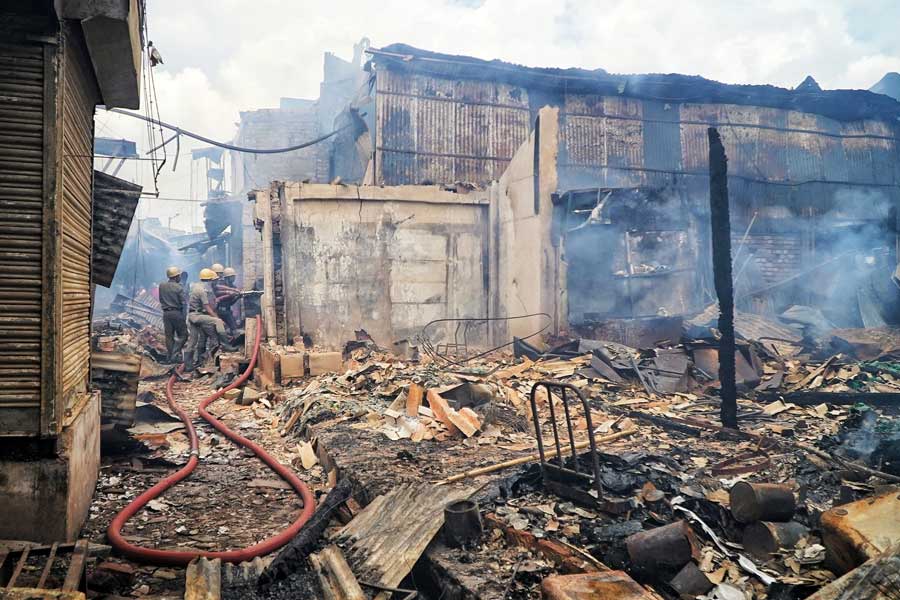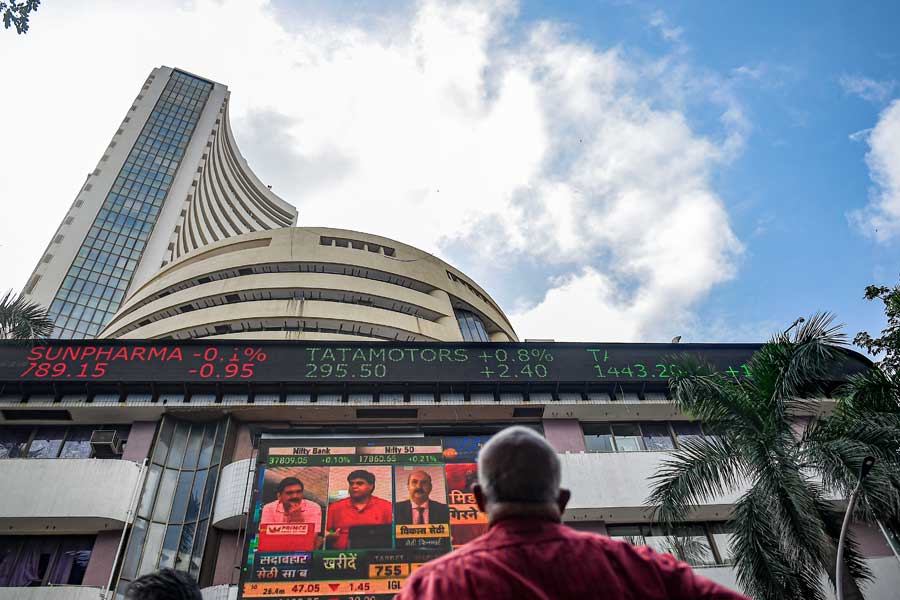 |
In 1857, police chowkidars had waged an effective psychological war on British officers by running the ambiguous chapatti movement.
Cut to 2012. Undertrials at Birsa Munda Central Jail in Ranchi are using the same unleavened Indian bread to outsmart the security apparatus at Jharkhand’s largest prison. Only, here freedom is not as elevated a cause as it was during the Sepoy Mutiny.
Criminals — petty and hardcore — and their kin are ferrying SIM cards embedded in chapattis stacked in lunch boxes or wrapped in carbon papers to escape detection. And it is an open secret how these small storage chips go a long way to abet extortion and abduction rackets in the state.
The smart practice to provide inmates at the Hotwar jail with tech support surfaced when two local goons were remanded in judicial custody.
Karma Oraon (32) and Narayan Adhikari (28), while being escorted to prison, easily managed to smuggle in six SIM cards. Neither the metal detector doorframe, nor the handheld scanners were able to track the chips wrapped in carbon during routine check.
“During frisking, too, just a handkerchief and a couple of carbon papers were found. We did not suspect anything and threw them away. Later, I just picked up the inked paper on instinct and to my surprise found SIM cards in it,” jail superintendent D.K. Pradhan said.
He added that since neither Oraon nor Adhikari had mobile phone handsets on them, it was evident that they were trying to smuggle in the SIMs for some cronies inside the jail.
Dr Z. Rehman, a senior radiologist at Apollo Hospitals, explained why scanners, X-ray machines or metal detectors are unable to track SIMs wrapped in carbon. “The machines generally work on electromagnetic rays and carbon doesn’t allow the rays to pass along a defined path. So, the image opaque or unclear,” he said, adding a trained personnel would resort to frisking in such a case.
Another jail official, requesting anonymity, pointed out that this wasn’t the first time carbon paper had been found inside the prison. “I have personally seen them littered here and there a number of times. But, honestly speaking, never bothered to take serious note. Now, we know why these things lay strewn around,” he said.
He added that lunch boxes brought by kin of criminals had become another effective means of SIM smuggling. “The storage chips are first wrapped in vegetable parchment papers and then rolled in rotis. This way, detection becomes next to impossible,” he contended.
Pradhan claimed he had directed officials to sanitise each and every corner of the jail. “When we know the merits and demerits of carbon paper inside prison, it is better to be extra vigilant,” he said, adding that they always tried to guard the prison but manpower crunch and no upgrade of technology were huge deterrents.
The superintendent cannot be faulted when a jail with 2,800-odd inmates, including 300 Maoists, comprises a skeletal administrative team and frail security squad. More than 90 per cent of jail staff are ex-service men hired on contract basis. Of the eight posts of assistant jailers, seven are vacant. And, of the 250 security guards, most are on the verge of retirement.
Add to this human resource limitation a glaring technology block.
The 16 CCTV cameras, installed in 2008 as a part of an integrated prison management system, continue to remain defunct for over a year. A Bangalore-based agency, which had given the jail its third eye for a whopping Rs 2.5 crore, says the cameras are beyond repair owing to poor maintenance.
Likewise, eight jammers — installed two years ago to prevent phone use by prisoners — have failed to block 3G signals. No wonder mobile phones are often recovered during jail raids in the past.
Should food from home be denied to prisoners?
Tell ttkhand@abpmail.com











